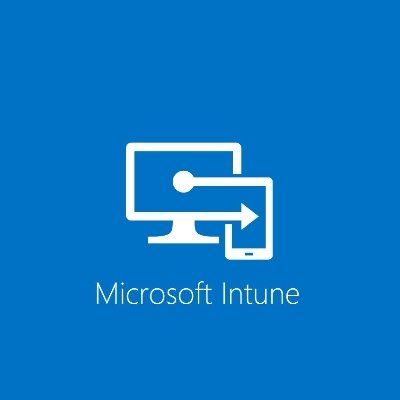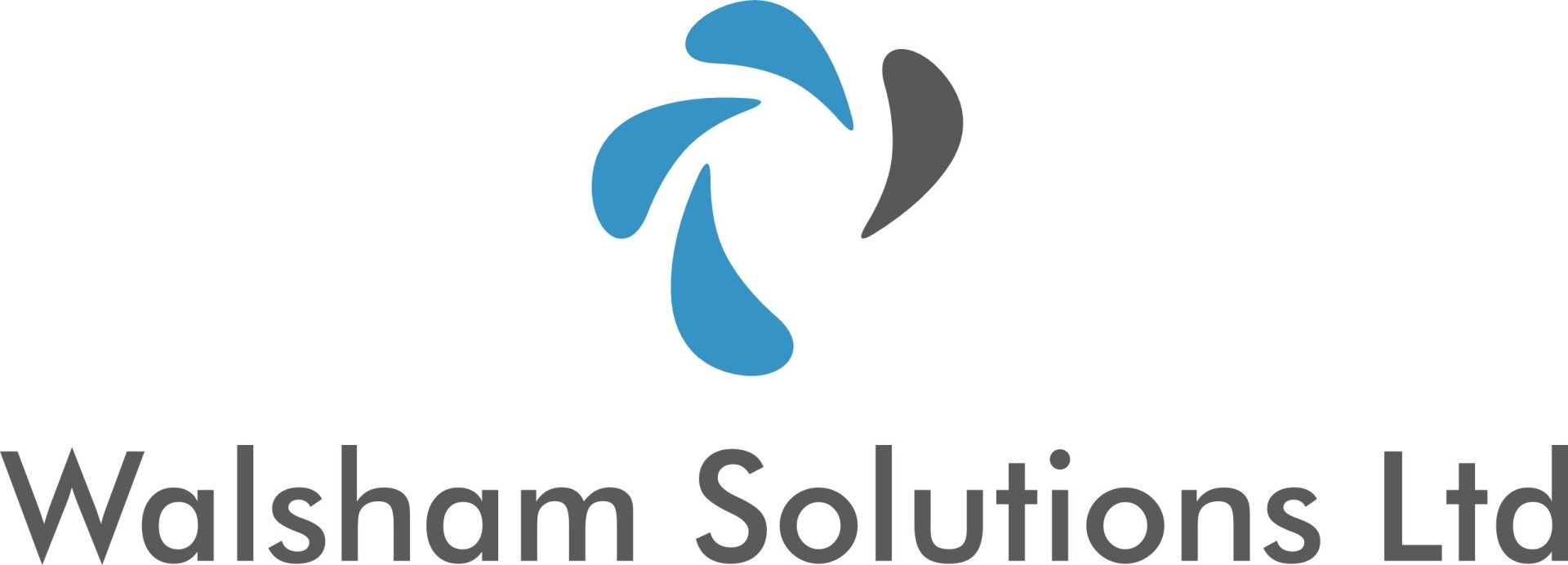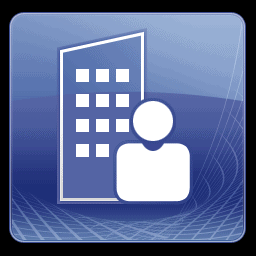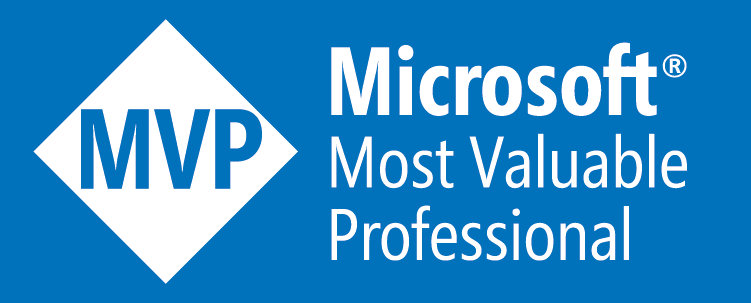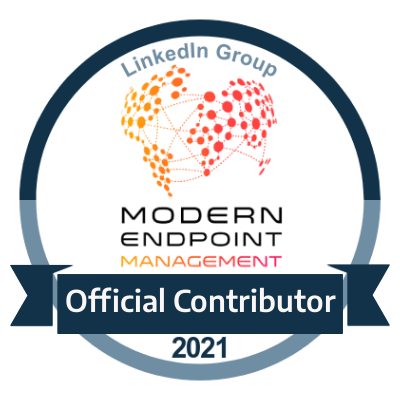Self-Motivation: Next Move the Best Move
Make the right choice
Deciding the next move can be a very important decision and has several factors
in which you have to consider before taking any plunge.
I have a great example of this, when I started my very first contract role and
it was a very important step and I had to factor in several points.
My Next Move
The role which I wanted to understand more of was a massive project task and in
fact the biggest I had ever seen and it involved me performing the design,
implementation and administration of the entire System Centre Suite. At the
time this was when the official RTM release of 2012 was out and included the
following to which I was tasked with
• SCCM 2012 (Tasked to perform the upgrade from SCCM 2007 to SCCM 2012)
• SCVMM 2012 (Tasked to perform the upgrade from SCVMM 2008)
• SCOM 2012 (New Design)
• Service Manager 2012 (New Design)
• Orchestrator 2012 (New Design)
• System Centre Data Protection Manager 2012 (Tasked to perform the upgrade
from DPM 2008)
And a task at this size can be extremely daunting, especially when it's your
first contract role as everyone understands a lot is expected out of a
contractor specifically expertise and fluid knowledge.
Also another part attached to this massive project was the actual rate which
was very low which made the decision on what to do next even harder as the risk
of failing or possibly failing alongside a rate which wouldn't be feasible for
any contractor made it more of a monster.
But I had categorised a way on how to deal with this decision and whether this
move would be the best move, with the following questions;
• What do you have in front of you
• Why do you want to move
• Risks and benefits
• What can you not get from your current position
• What makes this move the best move
And to answer all of these points, instead of putting text underneath each
bullet point, I want to tackle this on another angle as well and address them
all with my thought process.
Assure it’s the best move
I had calculated the task at hand and not only was I motivated by the project
task, I was even more motivated by the technologies in question as I knew I had
found my specialization and was extremely confident in performing this.
I myself had already did small designs for SCOM 2007, SCVMM 2008 as well as
SCCM 2007 and developed my own lab and live Environment of the System Centre
2012 suite (Release candidate version)
A lot of people ask me " how did I get
to work with these technologies
" and " how long I had worked on them
" and they all simply came from
making sure that my next move is the best move.
This project for me was an investment move. Now though the rate wasn't anything
I would have liked, the opportunity was way bigger and more important than what
the rate was, as I had mentioned before in previous blogs " your remuneration is not the money you get
paid every day/week/month/year, but the experience you get from your role
".
I had already known these technologies would be huge and were extremely high
demand and still remains to be so.
In order to know when your next move is the best move is to expand on the
points made.
What
do you have in front of you
Analyse exactly what the opportunity is, understand what you can actually
benefit from the role as this is really the most important. The game changes
all the time and you don't want to take on anything where you could become
stagnant very quickly as you need your finger on the pulse.
Why
do you want to move
Have you exhausted all of your options and what you can do within the current
role/project you have? It's important not to just make a move just out of
financial gain. Of course there are exceptions if your worth is not exactly
complimented but more compromised but you don't want to make any rash decisions
and have to be absolutely sure this is the correct move as you would have to
live with the consequences if it turned out not to be the right decision for
you.
Risks
and Benefits
What will you lose and what will you gain. There are risks with anything but
you should aim for the benefits out weighing the risks as much as possible.
There really is no growth without a form of risk.
What
can you not get from your current position
Similar to the why do you want to move section. It's important to know what you
can gain for your own skill set and your own career, with all of these met can
really empower your excitement for your next opportunity and want to do even
more to impress and have loyalty rewarded on both sides (where possible)
What
makes this move the best move
If you are lucky enough to have multiple options to choose from as well as the
option of remaining where you are then you are in a fantastic position to go
through these sections and analyse each one and go through a process of elimination.
It’s never easy (at least for me) to turn down a role, but you have to look out
to what is best for you and not just go for the “easy option”. Of course you
want a role you know you can fulfil, but at the same time some form of a challenge
will keep you on your toes, challenge your mind and also boundaries on your
creativity. For example, I have many scripts in multiple languages,
documentation, designs and a ton of other things which I had created on
multiple projects which I sat on for years and never ever used on another project.
The reason why? Is because I personally didn’t find it creative to just re-use
the exact same thing which I had developed for a customer/project as every
organization and requirement is different and I feel when you do this often, it
takes away part of the creativity and imagination (for me anyway 😊 ) There are exceptions if
you have a developed overall solutions that address something exactly, but I really
enjoy creating things on the spot.
Was my next move the best move?
It absolutely was. I also will add it was absolutely one of my favourite places to work and I had met and had a great team it literally was one of the best environments I had worked in. Unfortunately one of the guys from the team had passed away and that really affected me hearing the news…as he was one of the biggest highlights in that overall experience of that role.
The project itself was enjoyable and did everything I said in my previous points and plays a great foundation in doing what I am doing today. Matter of fact the IT manager there actually was the first one that I ever heard the phrase use “Work Smarter and not Harder” and I had used this not only on various technical articles but also on my website.
